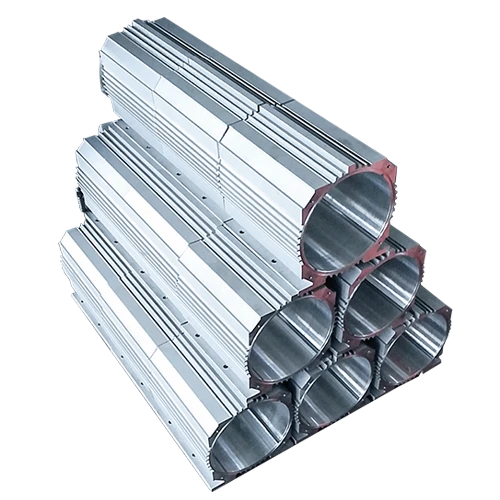Mobile:+86-311-808-126-83
Email:info@ydcastings.com
Current Steel Price Trends and Market Analysis for Today
Understanding Today's Steel Prices What You Need to Know
Steel plays an integral role in modern construction, manufacturing, and various industries, making its price a significant economic indicator. Understanding today’s steel prices can aid businesses in managing budgets and projects more effectively. In this article, we will delve into the factors influencing steel prices, current market trends, and the implications of these fluctuations on both consumers and industries.
What is Steel?
Steel is an alloy primarily composed of iron and carbon, with varying amounts of other elements added to achieve desired properties. It is renowned for its strength, versatility, and durability, making it a preferred material for construction, infrastructure, automotive production, and numerous other applications. The price of steel can fluctuate based on several dynamic factors, including global demand, production costs, and geopolitical influences.
Factors Influencing Steel Prices
1. Supply and Demand Dynamics The most immediate factor affecting steel prices is the balance between supply and demand. When demand increases—for instance, due to a surge in construction or manufacturing—prices tend to rise. Conversely, if supply exceeds demand, prices typically fall. Economic growth in countries like China and India, which have large-scale infrastructure projects, significantly impacts global steel demand.
2. Raw Material Costs The cost of raw materials used to produce steel, such as iron ore and scrap metal, also plays a critical role. Any fluctuations in these raw material prices will directly impact the overall cost of steel production. For example, a rise in iron ore prices will likely lead to higher steel prices.
3. Energy Prices Steel production is energy-intensive, meaning rising energy costs can increase the price of steel. Factors such as global oil prices and changes in energy policies can therefore have a significant bearing on steel manufacturing expenses and, consequently, market prices.
4. Trade Policies and Tariffs Global trade dynamics, including tariffs and trade agreements, can influence steel prices. For instance, the imposition of tariffs on imported steel can protect domestic producers but may lead to higher prices for consumers. Changes in regulations or trade relations, especially among major steel-producing nations, can also create volatility in steel markets.
what is steel price today

5. Technological Advances Innovations in steel production technology can reduce costs and change market dynamics. Development in recycling methods and new manufacturing processes may result in lower prices over time, impacting both supply chains and the final cost of steel.
Current Market Trends
As of today, global steel prices have shown considerable volatility due to factors such as the ongoing recovery from the COVID-19 pandemic, fluctuating demand, and disruptions in supply chains. According to recent market reports, many regions are experiencing an increase in steel prices due to heightened demand in construction and infrastructure development. Analysts suggest that this trend might continue into the coming months, influenced by ongoing global economic recovery efforts.
Market observers are also keeping an eye on developments in major steel-producing countries, particularly in Asia and Europe. Any changes in production capacity, such as new mills or closures, can lead to fluctuations in availability and prices.
Impact on Consumers and Industries
Rising steel prices can have a ripple effect across various sectors. For construction companies, higher steel costs may result in increased project budgets, leading to potential delays or scaled-back plans. Similarly, manufacturers reliant on steel may need to adjust their pricing strategies, which could impact consumers.
On the other hand, appropriately managing purchasing strategies and timing procurement can help mitigate the impact of steel price fluctuations. Businesses may explore alternative materials or design efficiencies to offset higher costs.
Conclusion
In conclusion, the steel market is influenced by a multitude of factors, making it crucial for businesses, investors, and consumers to stay informed about current trends and price movements. Understanding the dynamics of steel pricing is essential for making informed decisions in an ever-changing economic landscape. As we look to the future, staying attuned to these influences will be key to navigating the challenges and opportunities presented by the steel market.
-
Why Should You Invest in Superior Pump Castings for Your Equipment?NewsJun.09,2025
-
Unlock Performance Potential with Stainless Impellers and Aluminum End CapsNewsJun.09,2025
-
Revolutionize Your Machinery with Superior Cast Iron and Aluminum ComponentsNewsJun.09,2025
-
Revolutionize Fluid Dynamics with Premium Pump ComponentsNewsJun.09,2025
-
Optimizing Industrial Systems with Essential Valve ComponentsNewsJun.09,2025
-
Elevate Grid Efficiency with High-Precision Power CastingsNewsJun.09,2025











